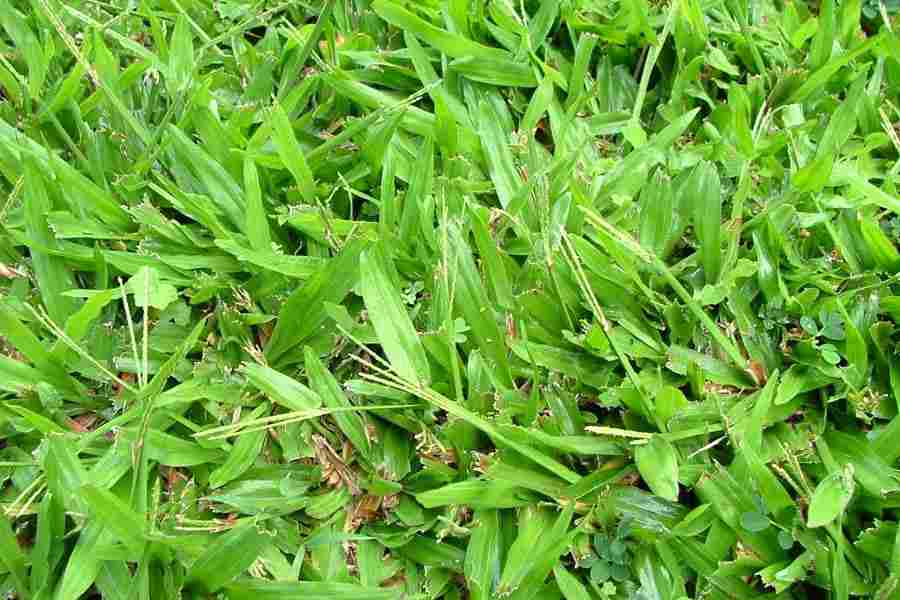Biosecurity Queensland works closely with local governments, communities and other stakeholders to minimise these impacts. DAF does not post hard copies to the general public. Electronic versions of fact sheets are not to be manipulated. Farm Biosecurity essentials: feral animals and weeds.

Feral animals and weeds can both pose a health risk to livestock and damage crops. Ensure you monitor and manage these widespread risks to your business. Prohibited invasive plants: 1. A person reporting the prohibited plants must take all reasonable and practical steps to minimise the risk of it spreading until they receive advice from an authorised officer. See full list on business. Restricted invasive plants: 1. Under each Category the restricted invasive plant has listed restrictions.
The specific restriction requirements also apply to a person when dealing with restricted invasive plants unless they have a restricted matter permit. Category 3: the invasive plant must not be distributed either by sale or gift, or released into the environment. Everyone is obligated to take all reasonable and practical steps to minimise the risks associated with invasive plants under their control.

Invasive plants are not prohibited or restricted invasive plants. The following Class pests are prescribed in section 45(1)(b) of the Act. These weeds are readily able to infest a wide range of products, from livestock to grain and vehicles. These weeds have a major e˜ect on pasture production and have the capacity to invade large areas of Queensland.
Queensland poultry owners are reminded to have good biosecurity measures in place at all times to reduce the risk of diseases being introduced or spread. Fall armyworm is now in Queensland. It ensures a consistent , modern , risk-based and less prescriptive approach to biosecurity in Queensland.
Biosecurity (pest and weeds ) High profile weeds found in the area include: Parthenium Giant rats tail Parramatta grass Honey locust. Infestations of established honey locust trees present in Toowoomba and parts of the Conda. They can be very difficult to identify, and may be confused with plants that are not invasive, including native or endangered species. Queensland farmers play an important role in preventing weeds from spreading.
This is called a general biosecurity obligation (GBO). Read topics about weeds and plant diseases for Queensland landowners, including how to control weeds on your property. Use our tool to identify weeds. Coronavirus (COVID-19) update: We are currently updating information following recent Queensland and Australian Government announcements.
Find assistance and support for coronavirus affected businesses and industries. NSW WeedWise contains key information to help users reduce the impact of over 3weeds in New South Wales. Unless we take action now, the number of new weeds will continue to climb, adversely affecting our economy, environment and health, and our enjoyment of the outdoors. Assistance with weed identification.
They also damage our diverse ecosystems, impact our unique flora and fauna and many sectors of our community. The number of naturalised species in Queensland is increasing each year and many of these become serious weeds over time. The most effective ways of dealing with weeds is prevention and early intervention. The Queensland Herbarium provides a free plant identification service to the public.
Fees may apply to commercial clients. This information is intended as a guide only, to assist private residents in identifying weeds. Flowering and seeding times and foliage or flower colours may vary due to seasonal or local variability. Some weeds are more likely than others to be found in feed and fodder.
Keep an eye out for these high risk weeds.
No comments:
Post a Comment
Note: Only a member of this blog may post a comment.